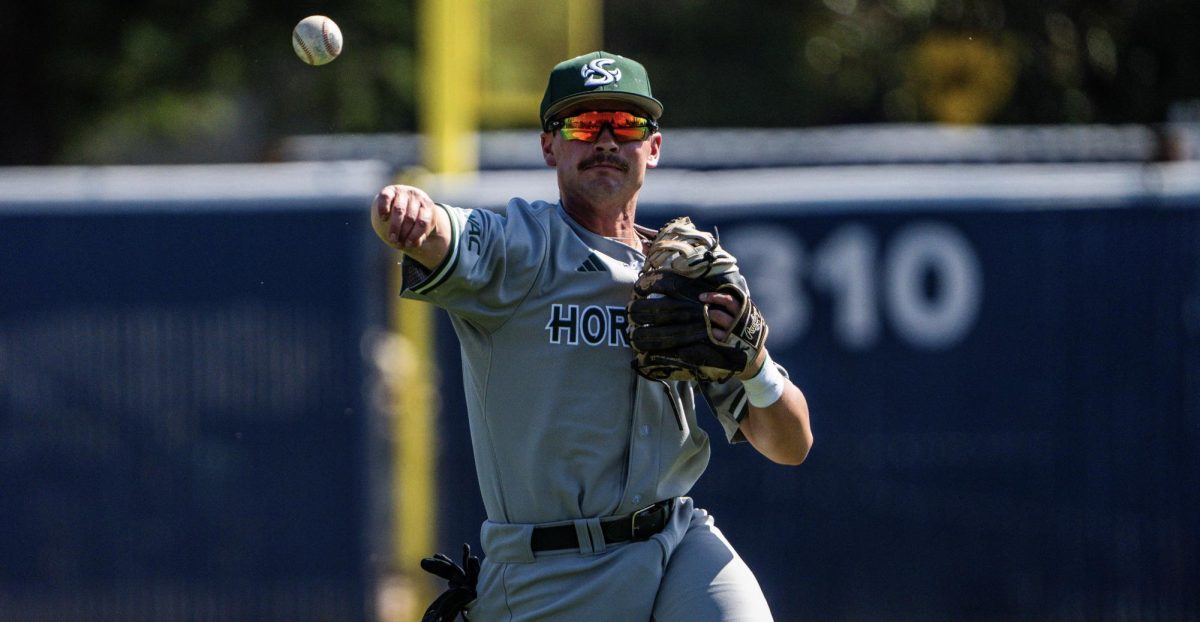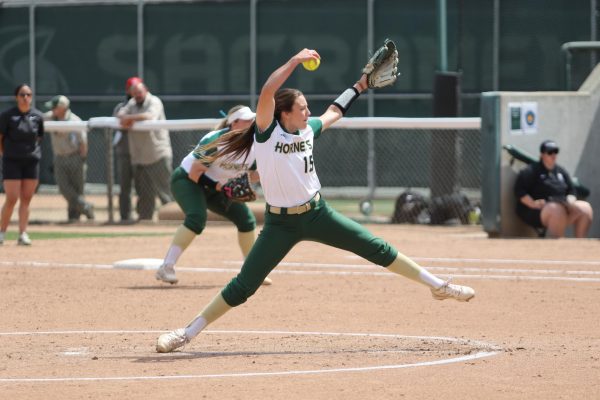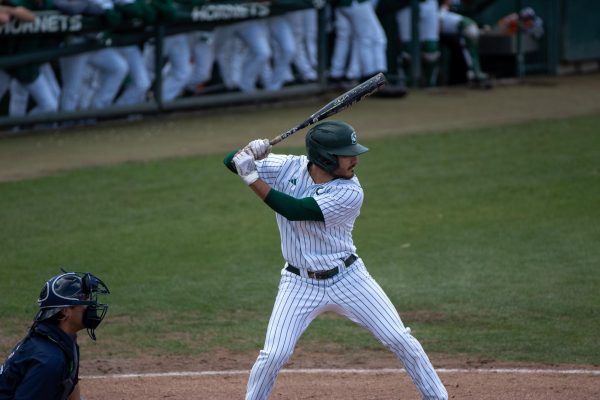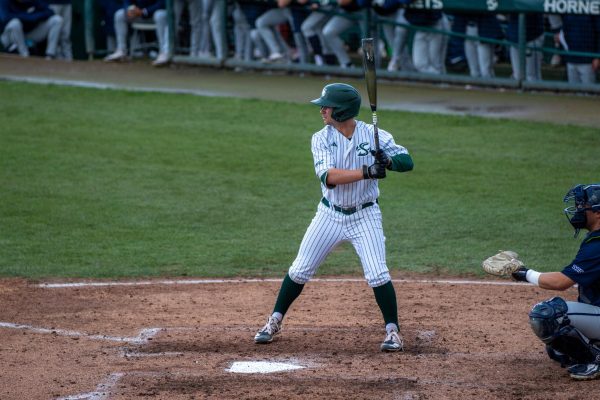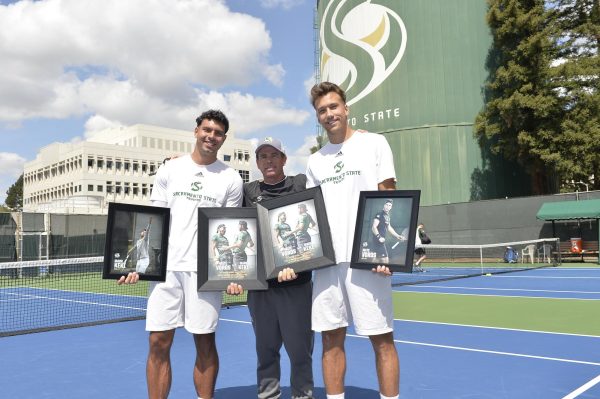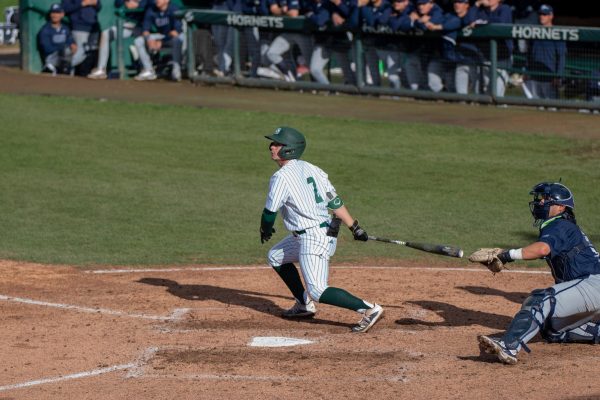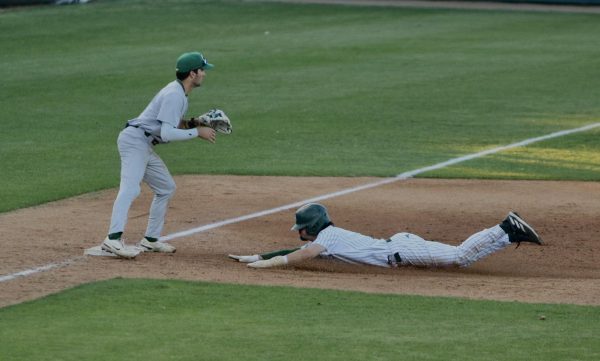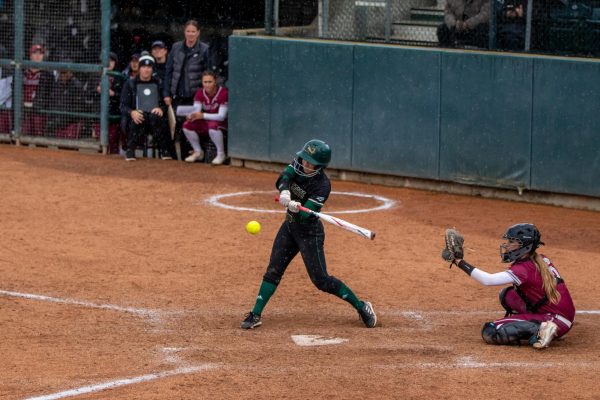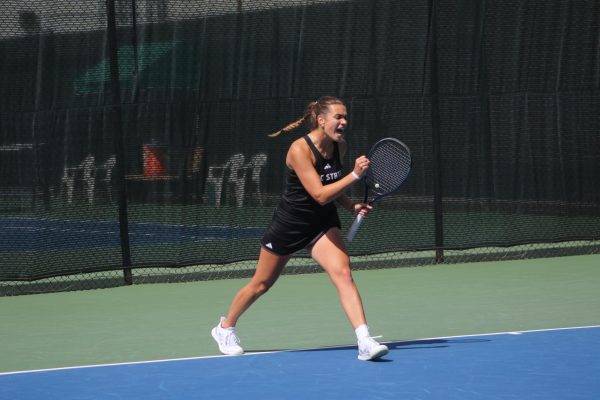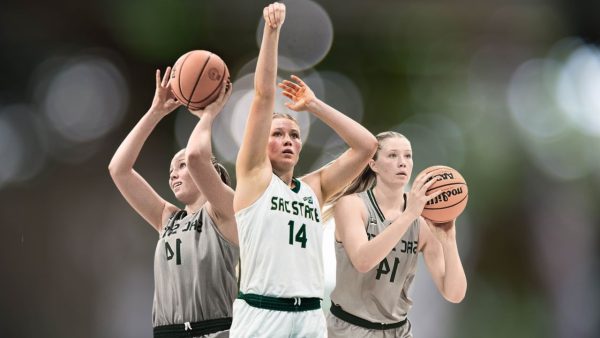NHL lockout continues as regular season approaches
October 3, 2012
On Sept. 19, the possibility of the fast and furious sport of hockey swinging back into action again with the preseason was effectively dashed when the NHL canceled its entire preseason game schedule for the month.
It’s the latest setback in the hockey world as the league goes through a work stoppage, the third to occur with Gary Bettman as commissioner. The lockout officially went into effect Sept. 16 with the expiration of the collective bargaining agreement. Yet again, players and owners are facing off over money, with neither side looking to easily give in. This could potentially lock out an entire regular season again. The 2012 season is scheduled to begin on Oct. 11, and the lockout could possibly damage the momentum of the sport, which has seen its status grow in recent years.
The biggest issue is over the players’ share of league revenue. Profits for the NHL have surged upward in the last few years as the sport has seen increasing popularity, thus boosting the salaries of players. The players’ share climbed from 54 percent in 2005 to about 57 percent in 2010-2011. However, to equalize the playing field between successful franchises and small-market teams losing money, owners want to reduce the players’ share from 57 percent to less than 50 percent.
Awarding the players 57 percent may seem steep compared to the agreements of the three other major team sports in North America. In a deal after the NFL lockout last year, the league reduced the players’ share from 48 to 46 percent. The CBA for the NBA splits revenue about 50-50 between players and owners.
However, according to NHL players, each league defines its revenues differently, and when those differences are accounted for, the NHL players’ share under the current CBA is on the same level as the NBA and NFL.
Cutting into the players’ share is unfair because due to the growth of the sport, the league has been making more money — growing at about 7 percent per year since the last lockout, according to Jack Dickey of Deadspin. Owners of wealthier teams should be willing to share their earnings with less profitable teams. Instead, they are demanding the players take a pay cut — the same players who draw in ticket sales and make the sport what it is.
Although the players draw fans, the owners have the upper hand in that they do not need to seek out a fair solution, but a solution that suits them. Players are seen by owners as replaceable, a sentiment that was embodied in the comments of the senior vice president of the Detroit Red Wings, Jimmy Devellano.
“The owners can basically be viewed as the ranch, and the players, me included, are the cattle,” Devellano told Island Sports News. “The owners own the ranch and allow the players to eat there. That’s the way it’s always been, and that’s the way it will be forever. And the owners simply aren’t going to let a union push them around. It’s not going to happen.”
The Red Wings have since been fined by the NHL for these comments.
The financial quandary behind the lockout appears to be brought on by the owners and Commissioner Bettman, who haven’t capitalized on potential revenue sources, mainly TV broadcasting rights.
Out of the four major sports, hockey is the most dependent on ticket revenue, but it is the worst at taking advantage of TV rights to the games. According to Christina Settimi of Forbes, during the 2010-11 season the average NHL team generated only 18 percent of its revenue from TV. Last year the typical NFL team earned 54 percent of its revenue from TV. In the NBA and MLB the comparable figures are 38 percent and 32 percent, respectively.
Until a resolution can be reached, the players stand united in their fight of bringing back the sport fans have been waiting all summer to return.
Christine Ebalo can be reached at [email protected].








































